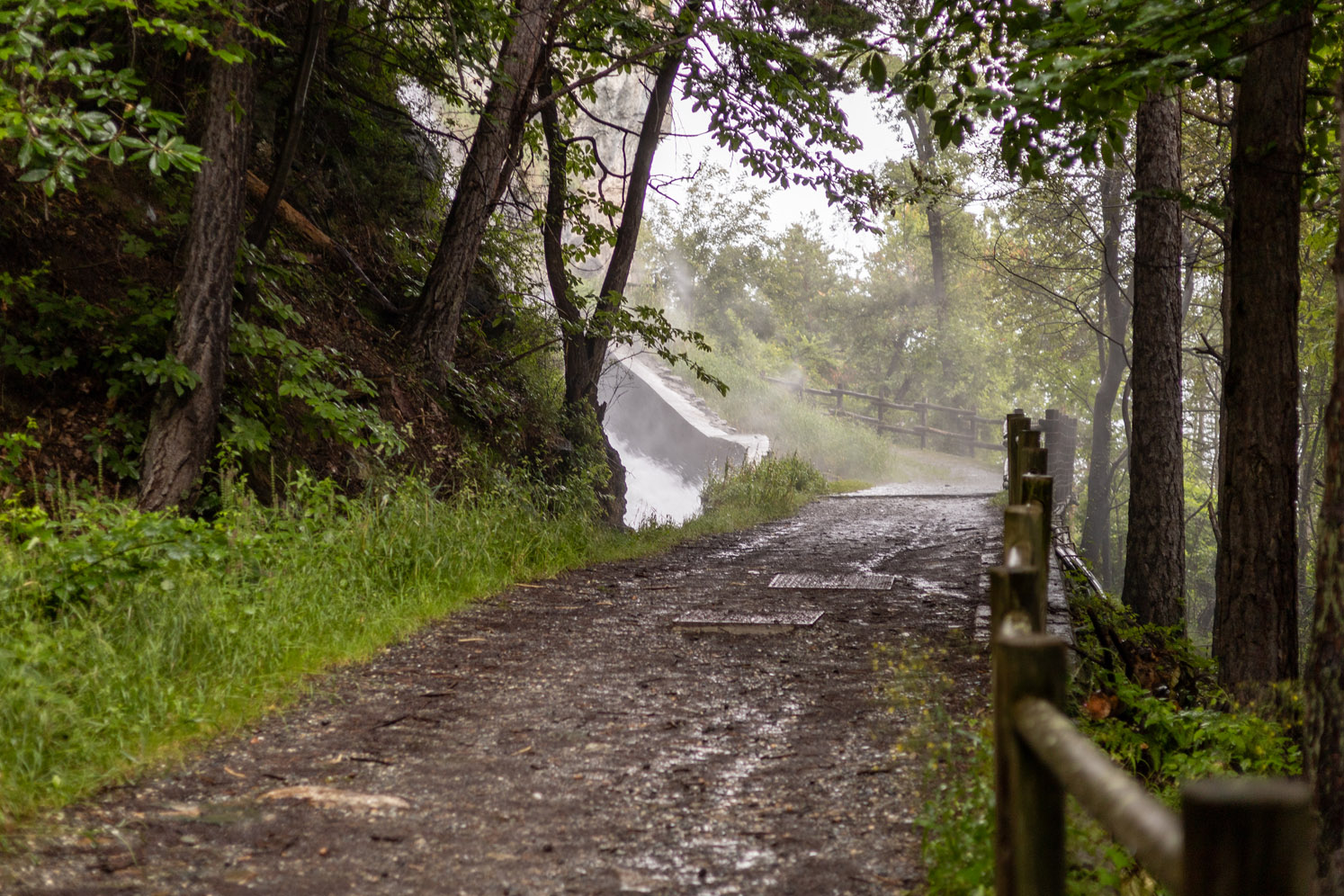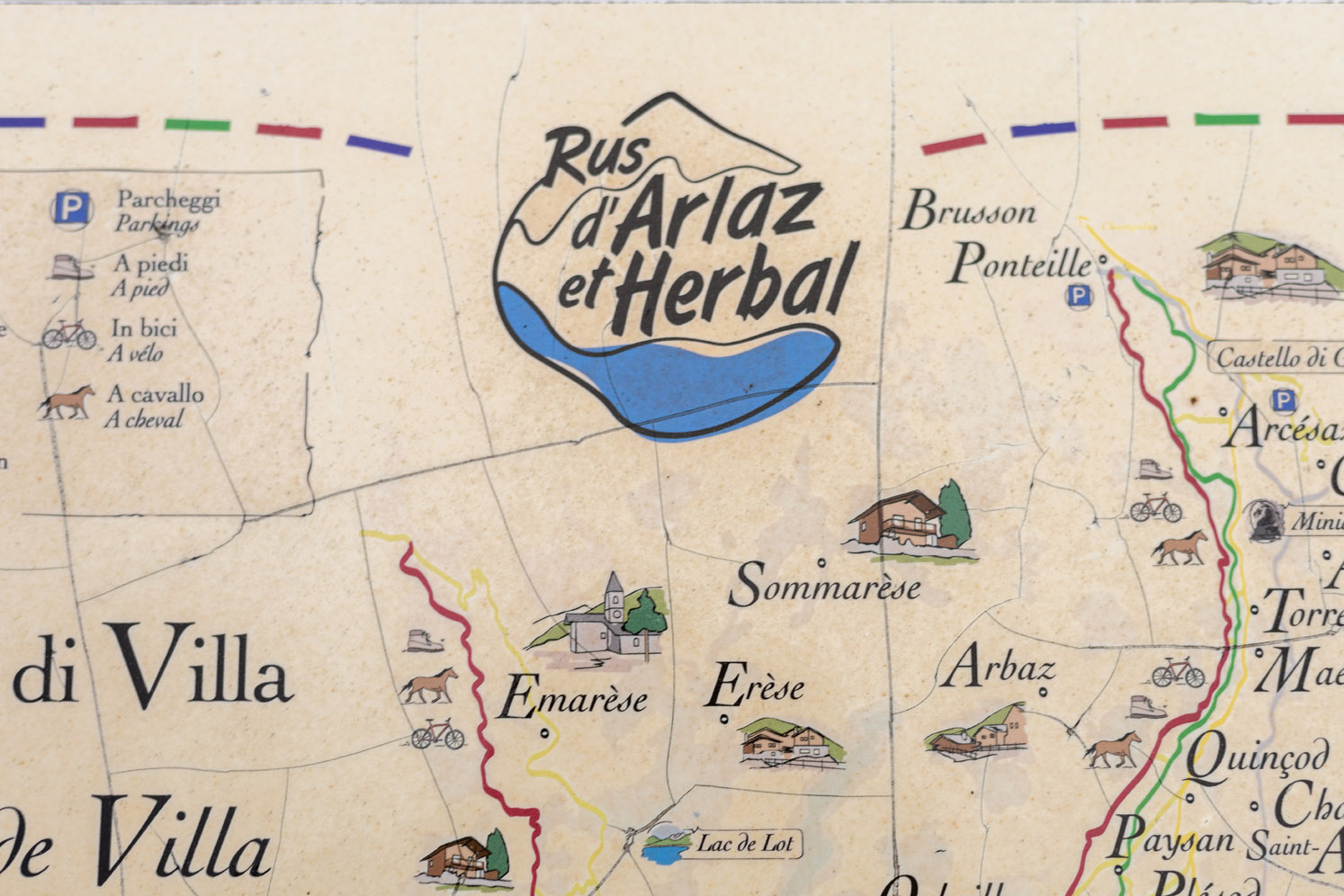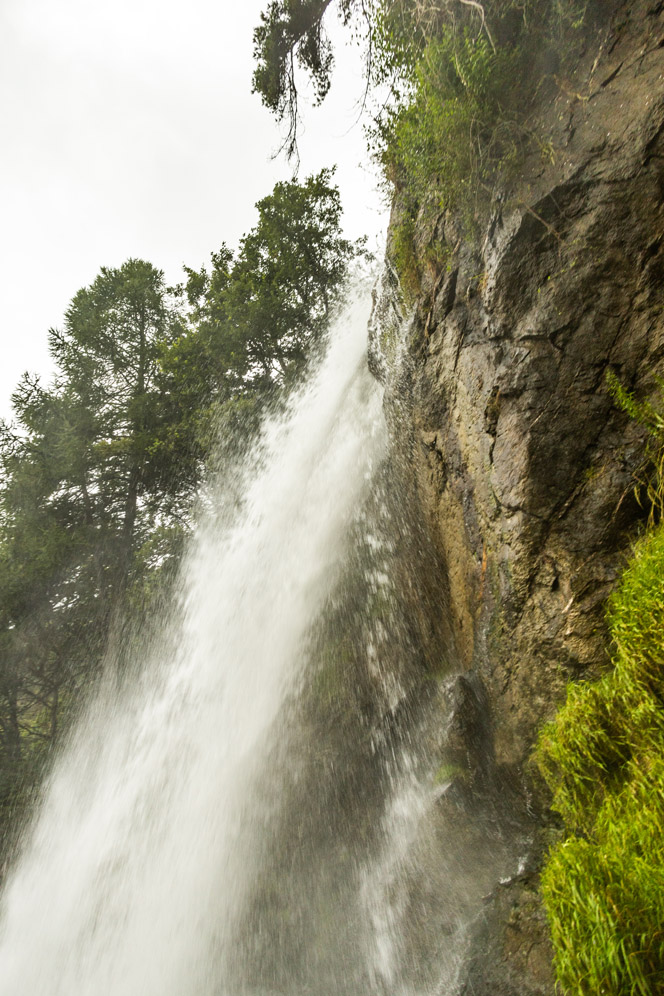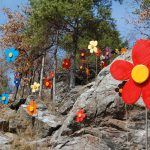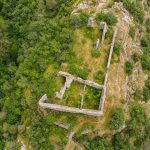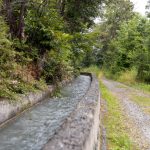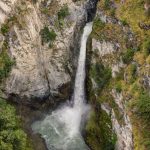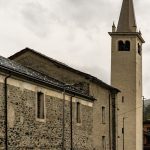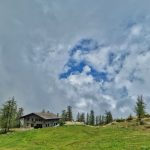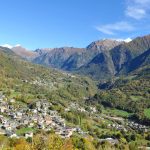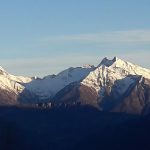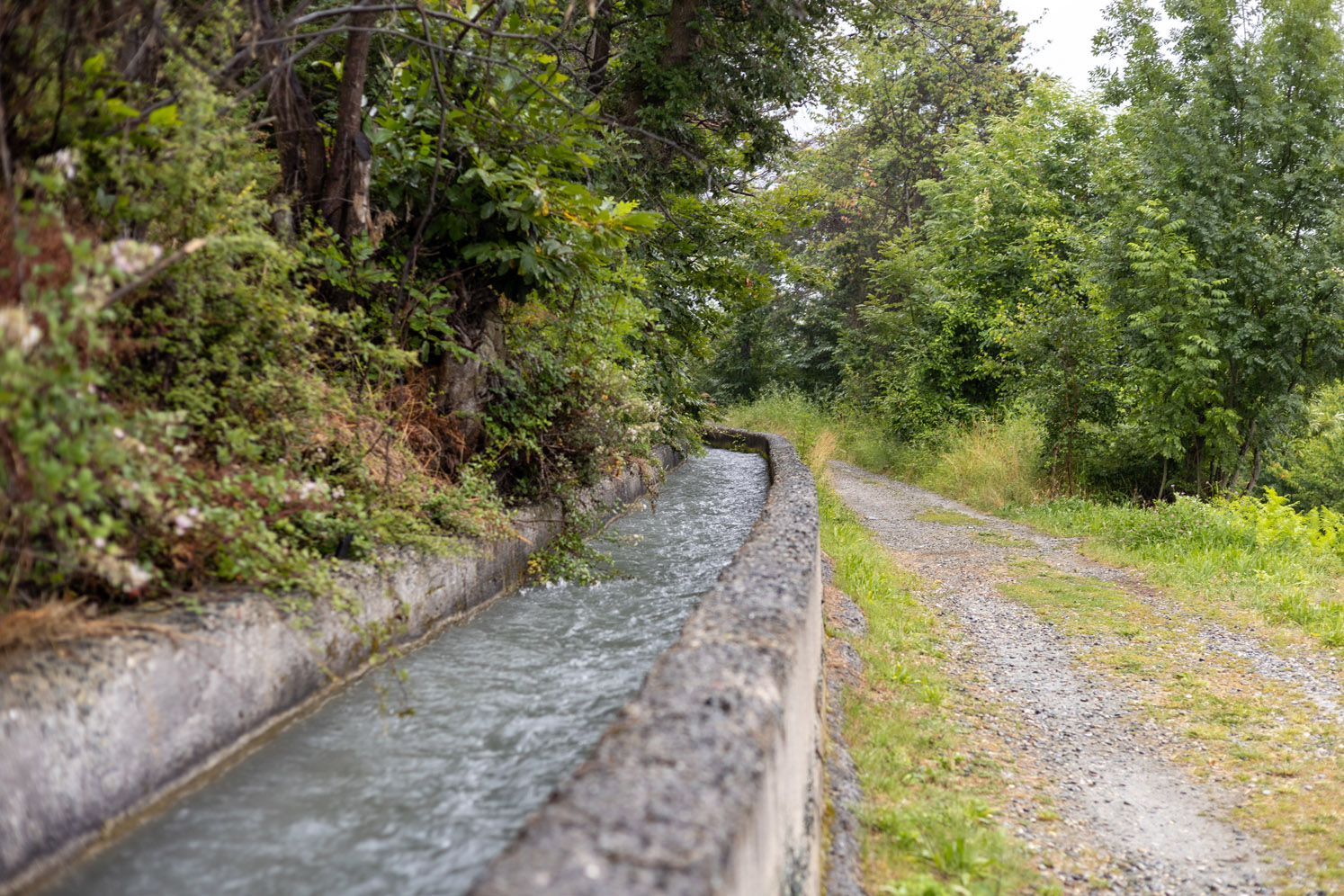
Challand Saint-Victor Ru d’Arlaz Walk
Walk Ru d’Arlaz / Bosco d’Arlaz (Arlaz Waterfall
Montjovet)
The Ru d’Arlaz is one of the many rus in the Aosta Valley, or artificial canals built between the 13th and 16th centuries to bring water from streams to cultivated land.
The Ru d’Arlaz originates from the Evançon stream in the Ponteil hamlet of Brusson and branches off for about 12 km to the municipalities of Challand, Emarèse, and Montjovet.
Its name comes from that of the rocky pinnacle located near it, the Flambeau d’Arlaz.
How the Ru d’Arlaz walk takes place.
The walk is an almost entirely flat and well-marked route, suitable for all levels of physical fitness.
You can start from Col d’Arlaz (1030 m), where you can park your car and enjoy beautiful views of the central valley and mountains.
From here you follow trail marker 31, which runs along the canal and offers striking views of the villages and chestnut groves in the area.
After a few minutes you will encounter a majestic waterfall rushing down from the forest.
Continuing along the trail you pass through the hamlets of Orbeillaz, Bechaz and Torrettaz, where you can admire the stone and wooden houses typical of Val d’Ayas. Along the way there are also a number of information signs illustrating the main medieval buildings in the valley, such as the castles of Graines, Villa and the Bonod tower. In addition, a health trail with exercise equipment has been set up in some sections for those who want to keep fit.
The walk ends at Arcesaz (1126 m), in the municipality of Brusson, where you can stop at the bar-restaurant La Barmasc.
From here you can go back the same way or take the regular bus that connects Brusson with Montjovet.
Why choose Ru d’Arlaz?
The walk is an excellent opportunity to discover the history and culture of Val d’Ayas, one of the richest and most varied valleys in the Aosta Valley.
Along the route, one can appreciate the evidence of an agricultural and artisanal past that was able to exploit the natural resources of the area.
In addition, the walk offers breathtaking views of the surrounding peaks, such as Mount Rosa, the Matterhorn and Mount Emilius.
The Ru d’Arlaz is one of the many rus in the Aosta Valley, or artificial canals built between the 13th and 16th centuries to bring water from streams to cultivated land.
The Ru d’Arlaz originates from the Evançon stream in the Ponteil hamlet of Brusson and branches off for about 12 km to the municipalities of Challand, Emarèse, and Montjovet.
Its name comes from that of the rocky pinnacle located near it, the Flambeau d’Arlaz.
How the Ru d’Arlaz walk takes place.
The walk is an almost entirely flat and well-marked route, suitable for all levels of physical fitness.
You can start from Col d’Arlaz (1030 m), where you can park your car and enjoy beautiful views of the central valley and mountains.
From here you follow trail marker 31, which runs along the canal and offers striking views of the villages and chestnut groves in the area.
After a few minutes you will encounter a majestic waterfall rushing down from the forest.
Continuing along the trail you pass through the hamlets of Orbeillaz, Bechaz and Torrettaz, where you can admire the stone and wooden houses typical of Val d’Ayas.
Along the way there are also a number of information signs illustrating the main medieval buildings in the valley, such as the castles of Graines, Villa and the Bonod tower.
In addition, a health trail with exercise equipment has been set up in some sections for those who want to keep fit.
The walk ends at Arcesaz (1126 m), in the municipality of Brusson, where you can stop at the bar-restaurant La Barmasc.
From here you can go back the same way or take the regular bus that connects Brusson with Montjovet.
Why choose Ru d’Arlaz?
The walk is an excellent opportunity to discover the history and culture of Val d’Ayas, one of the richest and most varied valleys in the Aosta Valley. Along the route, one can appreciate the evidence of an agricultural and artisanal past that was able to exploit the natural resources of the area. In addition, the walk offers breathtaking views of the surrounding peaks, such as Mount Rosa, the Matterhorn and Mount Emilius.

